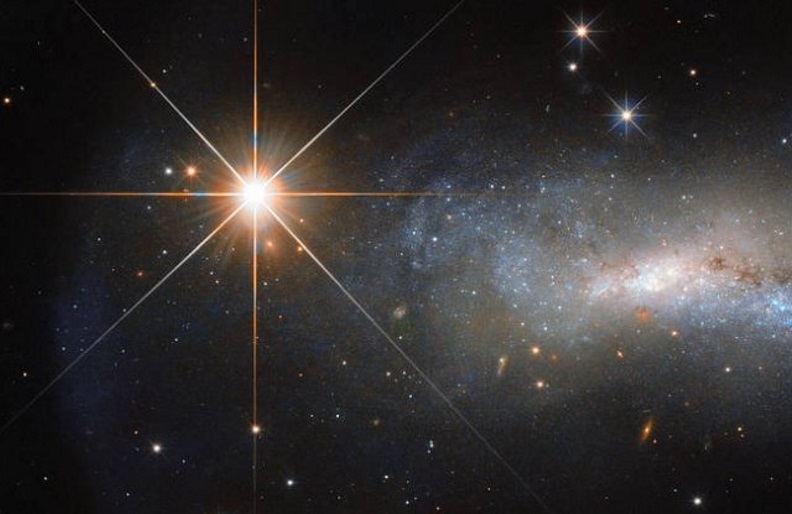We still have no idea what these signals are.
A massive number of new signals have been discovered coming from the notorious repeating fast radio source FRB 121102 – and we can thank artificial intelligence for these findings.
Researchers at the search for extraterrestrial intelligence (SETI) project Breakthrough Listen applied machine learning to comb through existing data, and found 72 fast radio bursts that had previously been missed.
Fast radio bursts (FRBs) are among the most mysterious phenomena in the cosmos. They are extremely powerful, generating as much energy as hundreds of millions of Suns. But they are also extremely short, lasting just milliseconds; and most of them only occur once, without warning.
This means they can’t be predicted; so it’s not like astronomers are able to plan observations. They are only picked up later in data from other radio observations of the sky.
Except for one source. FRB 121102 is a special individual – because ever since its discovery in 2012, it has been caught bursting again and again, the only FRB source known to behave this way.
Because we know FRB 121102 to be a repeating source of FRBs, this means we can try to catch it in the act. This is exactly what researchers at Breakthrough Listen did last year. On 26 August 2017, they pointed the Green Bank Telescope in West Virginia at its location for five hours.
In the 400 terabytes of data from that observation, the researchers discovered 21 FRBs using standard computer algorithms, all from within the first hour. They concluded that the source goes through periods of frenzied activity and quiescence.
But the powerful new algorithm used to reanalyse that August 26 data suggests that FRB 121102 is a lot more active and possibly complex than originally thought. Researchers trained what is known as a convolutional neural network to look for the signals, then set it loose on the data like a truffle pig.
It returned triumphant with 72 previously undetected signals, bringing the total number that astronomers have observed from the object to around 300.
“This work is only the beginning of using these powerful methods to find radio transients,” said astronomer Gerry Zhang of the University of California Berkeley, which runs Breakthrough Listen.
“We hope our success may inspire other serious endeavours in applying machine learning to radio astronomy.”
The new result has helped us learn a little more about FRB 121102, putting constraints on the periodicity of the bursts. It suggests that, the researchers said, there’s no pattern to the way we receive them – unless the pattern is shorter than 10 milliseconds.
Just as patterns from other objects, such as cepheid variable stars and pulsars, have given us answers about those objects, the lack of a pattern from FRB 121102 could help astronomers figure out what powers the mysterious bursts.
The fact that the source is a repeater has already provided us with clues. Such as where it comes from – a star-forming region in a dwarf galaxy over 3 billion light-years from Earth.
And a strange warp in the radio signal suggests it comes from an extreme environment, such as the vicinity of a black hole or a powerful nebula.
The other thing the result demonstrates is the value of looking at old data in new ways – applying new technology such as neural networks to find new and exciting information.
“Whether or not FRBs themselves eventually turn out to be signatures of extraterrestrial technology,” said astrophysicist Andrew Siemion, principal investigator of Breakthrough Listen.
“Breakthrough Listen is helping to push the frontiers of a new and rapidly growing area of our understanding of the Universe around us.”

